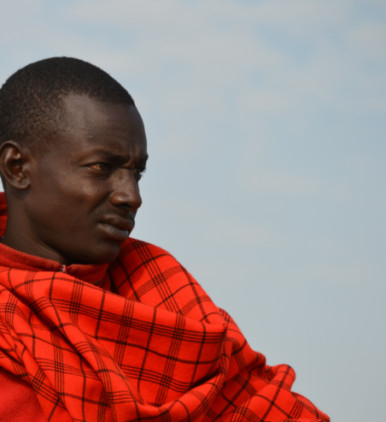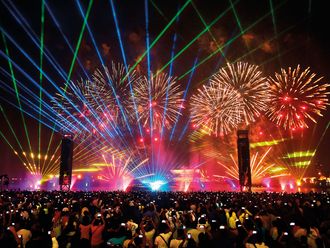
While we, the 21st generation, are reading this in a newspaper or on iPad, smartphone or a laptop, those who have held on to their culture and traditions for thousands of years are dying. For the nomadic Maasai tribe (pictured), their cattle is their gift from God and a source that keeps them self-sufficient and isolated from the rest of the world. But today they are homeless, they are being forced to settle, grow crops and take up jobs in cities for survival.
Why should it matter?
We are losing our diversity and destroying global cultural heritage.
Who are they?
The Maasai people of East Africa live in Kenya and northern Tanzania along the Great Rift Valley on semi-arid and arid lands. Maasai-association.org states that the tribe occupies 160,000 square kilometres with a population of approximately 500,000.
According to Survival International, a movement to protect the dying tribes around the globe with support of individuals from 80 countries, most of what used to be Maasai land, has already been taken over for private farms and ranches, government projects, wildlife parks or private hunting concessions.
They are now homeless and without access to water and land for grazing, their cattle are dying.
These milk and meat eaters measure their wealth in terms of cattle and children. As much as they worship their cattle, they are one of the most efficient livestock producers and rarely have more animals than they need or the land can carry.
It is thought that the Maasai’s ancestors originated in North Africa, migrating south along the Nile Valley and arriving in northern Kenya in the middle of the 15th century. They conquered all tribes in their path by attacking them and raiding their cattle. By the end, the Maasai took over almost all of the land in the Rift Valley and adjacent land from Mount Marsabit to Dodoma.
According to KenyaInformationGuide.com, tragedy struck the Maasai tribe at the turn of the century. An epidemic of deadly diseases attacked and killed large numbers of the Maasai’s animals. This was quickly followed by severe drought that lasted years. Over half their people and animals perished.
Soon after, their land in Kenya was taken away by the British and the Kenyan government to create both ranches for settlers and Kenya and Tanzania’s wildlife reserves and national parks.
The Maasai-association.org reports that the tribe is now restricted from accessing critical water sources, pasture, and salt lick. A tribe that was proud and self-sufficient is now facing many social-economic and political challenges. The level of poverty is high. The future is uncertain.
How can you help?
Create awareness and educate others about this issue.
Donate to organisations struggling for the rights of these tribes.
—Compiled By Prerna K. Sethi/ Reader Interactivity Journalist








